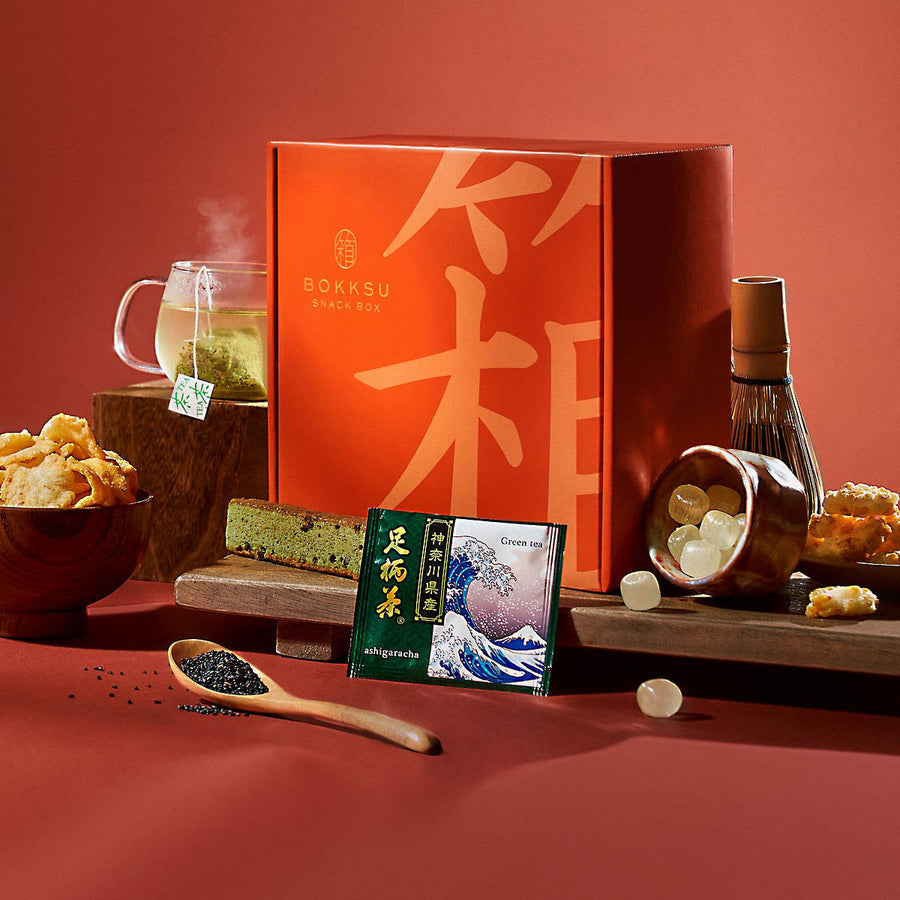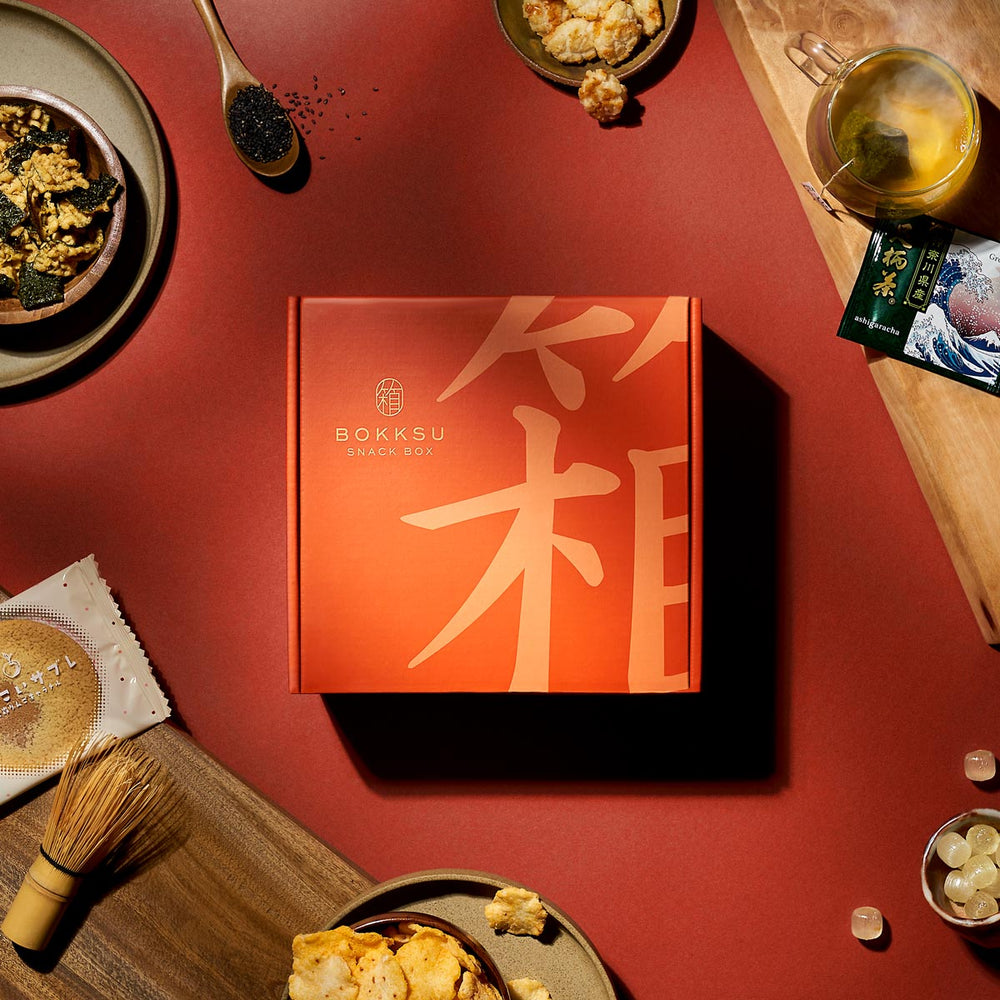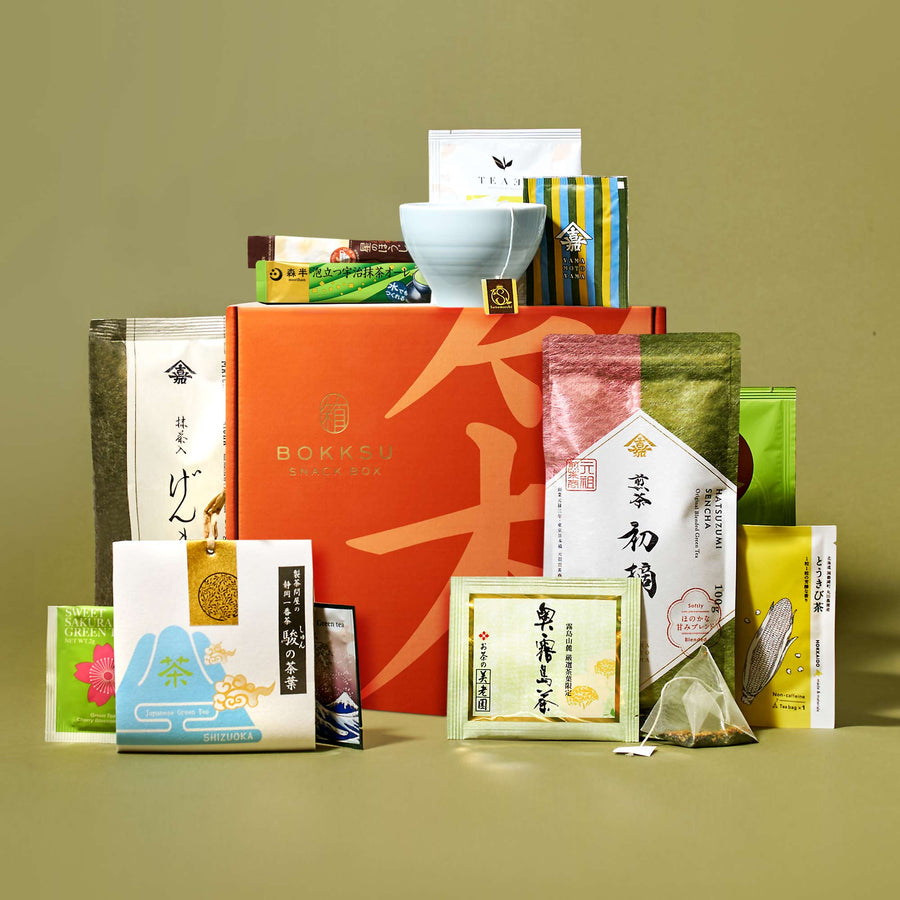Japan’s Imperial Household: Secrets, Traditions, and Modern Challenges
Introduction: Understanding the Japanese Imperial Family

Japan’s Imperial Family is the world’s oldest hereditary monarchy, with a lineage spanning more than 1,500 years. As custodians of the nation’s traditions, values, and identity, they serve as a living link between Japan’s past and present. This revered institution holds a distinctive place in the modern world, harmonizing history and contemporary life in a way that few other royal families can. Through centuries of political changes and cultural transformations, the Imperial Family has remained a steadfast emblem of Japan's resilience and unity.
The History of the Imperial Family: Japan’s Longest-Reigning Monarchy

The Imperial House of Japan traces its origins to Emperor Jinmu, the first emperor, who, according to legend, was a direct descendant of the sun goddess Amaterasu. Legend tells that Amaterasu bestowed three sacred treasures—a sword, a mirror, and a jewel—upon Jinmu, forming the Imperial Regalia, symbols of the emperor’s divine authority. While the historical accuracy of Jinmu's reign is debated, his ascension in 660 BCE marks the start of the world’s longest continuous monarchy, shaping Japan’s national identity and the emperor’s sacred role.
From the late 19th century until the end of World War II, Japan's emperor wielded significant sovereign power, influencing both military and political affairs. However,following Japan’s defeat in World War II, the 1947 postwar constitution radically changed the emperor’s role. It redefined the emperor not as a sovereign ruler but as a symbolic figurehead, representing the unity of the Japanese people. This shift marked Japan's transition from a militaristic empire to a peaceful, democratic nation and a pivotal moment in the Imperial Family's evolving legacy.
The Role of the Emperor: Symbol of the State
In modern Japan, the Japanese emperor holds a purely symbolic role, embodying national unity and cultural heritage rather than governing. Under the postwar Constitution, the emperor serves as the head of the Imperial Court, performing ceremonial duties without involvement in politics. His responsibilities include meeting visiting royals, receiving ambassadors, and attending state events. Over time, his role has evolved to include more public engagement, bridging Japan’s ancient traditions with its modern democratic society. Today, the emperor’s role also focuses on diplomacy, cultural preservation, and national unity, ensuring the Imperial Family’s continued significance in Japan's changing landscape.
The Imperial Household: Who Are the Members of Japan’s Royal Family?

The Imperial Household of Japan consists of key figures, each with distinct roles within the monarchy. Emperor Naruhito, who ascended the throne on May 1, 2019, is the 126th Japanese emperor. His wife, Empress Masako, a former diplomat and Harvard graduate, supports cultural and humanitarian efforts. Crown Prince Akishino, the emperor’s younger brother and next in line to the Chrysanthemum Throne, represents Japan in official engagements alongside his wife, Crown Princess Kiko. Meanwhile, Emperor Emeritus Akihito, who abdicated in 2019—the first to do so in over 200 years—enjoys a quieter life with Empress Emerita Michiko. Together, the Japanese Royal Family carries out ceremonial duties, upholding traditions while remaining a respected presence in modern Japan.
The Imperial Palace: The Heart of Japan’s Monarchy

The Imperial Palace in Tokyo serves as the official residence of the Emperor and his family, symbolizing Japan's rich history and enduring monarchy. Built on the site of the former Edo Castle, it has been a seat of power since the Meiji Restoration. The palace grounds are expansive, surrounded by beautiful gardens, moats, and towering stone walls. The Imperial Throne is housed within the palace and plays a central role in important ceremonies, such as the enthronement of new emperors. Although the inner grounds of the palace are usually closed to the public, guided tours of the outer grounds are available year-round, offering views of the royal gardens, the palace’s exterior, and the iconic Nijubashi Bridge. The only times visitors are allowed inside the inner palace grounds are during special events, such as the New Year's Greeting on January 2 and the Emperor's Birthday on February 23, when members of the Imperial Family appear on the balcony to greet the public.
Ceremonies and Traditions of the Imperial Family

The Imperial Family of Japan preserves a rich tradition of ceremonies and rituals that highlight its deep ties to the nation’s cultural and spiritual heritage. Among the most significant is the enthronement ceremony, a sacred Shinto rite marking a new emperor’s accession, featuring the presentation of the Three Sacred Treasures. This solemn ritual takes place in the Chamber of the Imperial Throne within the Imperial Palace. Another key event is the New Year celebration, during which the emperor and his family appear on the Imperial Palace balcony to greet the public and offer wishes for the year ahead. Throughout the year, they also take part in various Shinto rites, including the Daijō-sai (Great Thanksgiving Ceremony) in November, where the emperor prays for peace and the nation’s well-being, and the Niiname-sai (Harvest Festival), where he offers newly harvested rice in gratitude for prosperity. These traditions not only preserve Japan’s historical legacy but also strengthen the bond between the Imperial Family and the people, reflecting a blend of reverence, culture, and continuity.
Marriage and Succession: Rules of the Imperial Family
Japan’s Imperial House Law enforces strict succession rules, allowing only male heirs in the male line to ascend the throne, excluding female members. This has become a growing concern as the number of male heirs declines. For instance, Emperor Naruhito and Empress Masako’s only child, Princess Aiko, is ineligible despite being their direct descendant. Instead, the next in line is Naruhito’s younger brother, Crown Prince Akishino, followed by his son, Prince Hisahito, the only male of his generation in the Imperial Family
Another major issue under the Imperial House Law is its impact on female members upon marriage. Imperial princesses who marry commoners lose their royal status and must leave the Imperial Family, as seen with former Princess Mako in 2021. This rule has reduced the number of working royals, increasing the ceremonial workload on remaining members. While there are discussions about allowing female royals to retain their titles and duties after marriage, traditionalists argue that such changes would disrupt centuries-old customs.
The Imperial Family in Modern Japan: Balancing Tradition and Change

Japan’s royal family stands at the intersection of tradition and modernity, balancing centuries-old customs with evolving societal expectations. While the Imperial Court preserves rituals dating back over a thousand years, it has also adapted to globalization, media scrutiny, and shifting values. Under Emperor Naruhito, the monarchy has embraced a more approachable image, engaging with the public and addressing issues like mental health, gender equality, and environmental concerns. The Imperial Household has also adopted digital outreach and public appearances to strengthen its connection with both Japan and the world. As they navigate the modern era, the Imperial Family remains a steadfast symbol of Japan’s heritage, evolving while preserving its enduring legacy.
Public Perception: How the Japanese View Their Royal Family

Public sentiment toward Japan’s monarchy remains largely positive, with a 2024 survey showing that 67% of respondents are somewhat or very interested in the Imperial Family. This admiration is especially evident during events like the Emperor’s New Year greeting, where crowds gather to offer their well-wishes. The Imperial Household Agency oversees these traditions, ensuring they uphold both public engagement and historical customs. Additionally, there is strong support for reform, with 81% of respondents in the same survey favoring female emperors, highlighting a growing push for gender equality within the monarchy.
However, this reverence is not uniformly shared across all demographics. A 2024 survey of Japanese teenagers revealed that less than half expressed interest in the Imperial Family, with many not seeing the monarchy as an institution to rely on. This shift indicates a growing disconnect between the monarchy and younger generations, who may feel less connected to traditional symbols of authority in a rapidly changing society. The Japanese government faces the challenge of addressing these evolving views while preserving the Imperial Family's cultural and historical significance. Striking a balance between tradition and modern values will be key to ensuring the monarchy’s continued relevance and public engagement in the future.
Conclusion: The Lasting Legacy of Japan’s Imperial Family
The Imperial Family of Japan stands as a living symbol of the nation's long-standing traditions and cultural continuity, with a lineage spanning over two millennia. While the monarchy no longer holds political power, it remains a cherished institution representing Japan’s heritage, stability, and national identity. Through ceremonies, public engagements, and diplomatic relations, the Emperor and his family continue to uphold their historical role while carefully adapting to the evolving expectations of modern society. As Japan moves forward, the Imperial Family will undoubtedly continue to serve as both a symbol of national pride and a reflection of the nation’s ability to evolve while staying connected to its rich cultural past.
Just as Japan’s Imperial Family symbolizes the nation’s rich heritage and enduring traditions, Bokksu Boutique presents a curated experience that highlights Japan’s artistry, craftsmanship, and cultural richness. Whether you're indulging in delicately handcrafted confections or discovering the art of Japanese tea culture, Bokksu Boutique delivers a royal experience that bridges history and contemporary luxury.








































